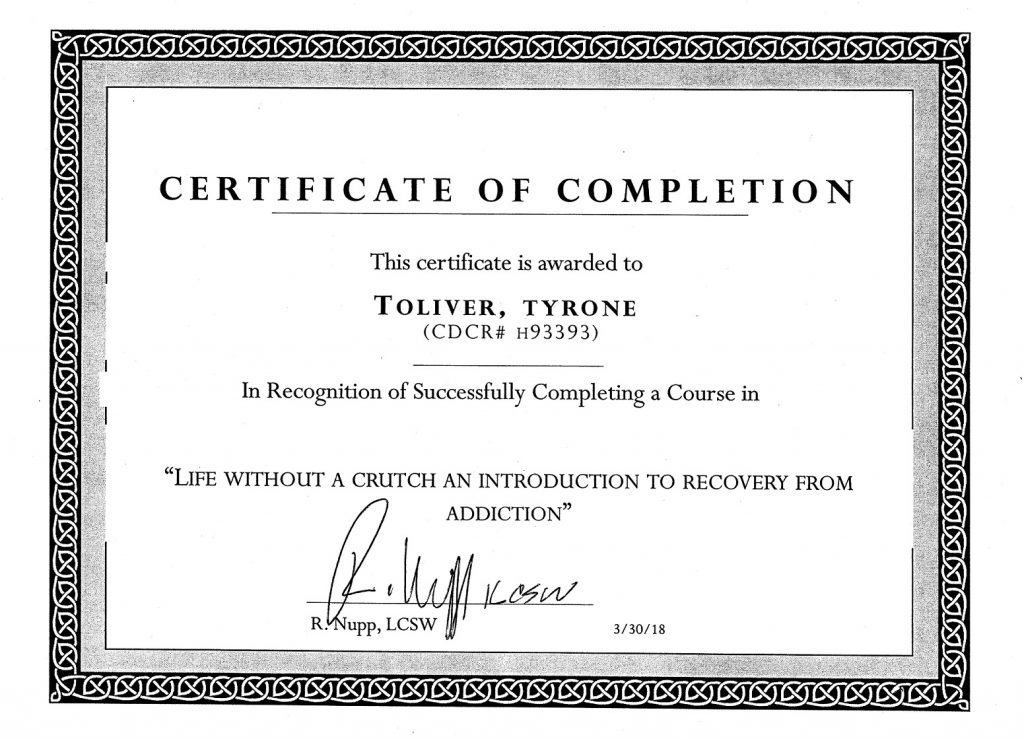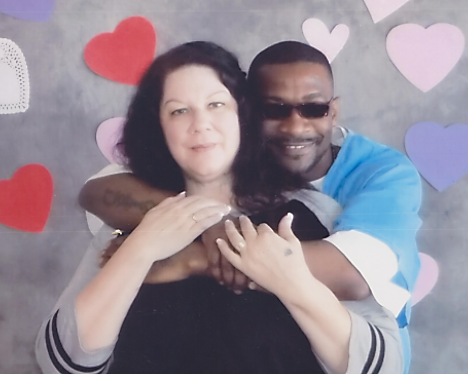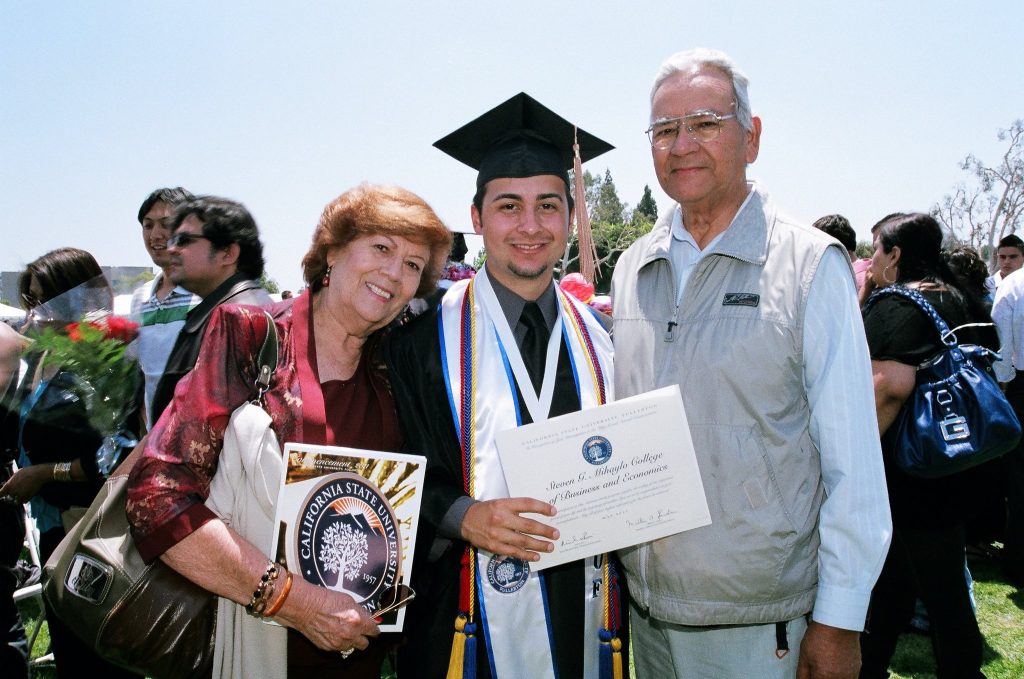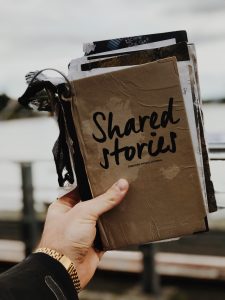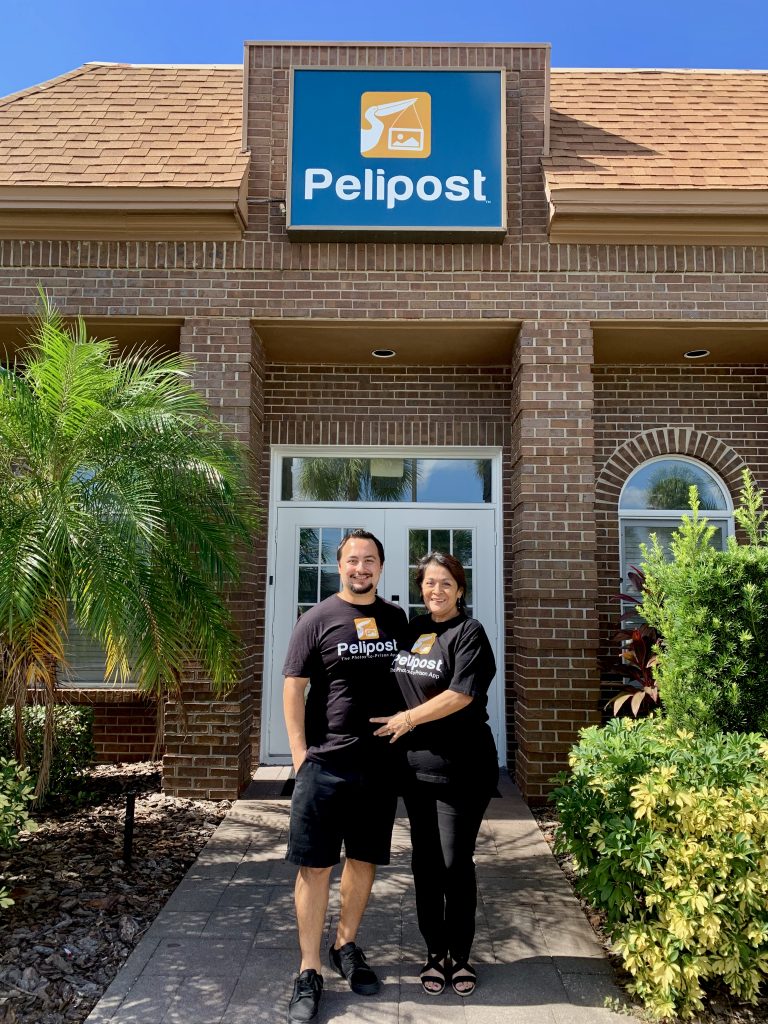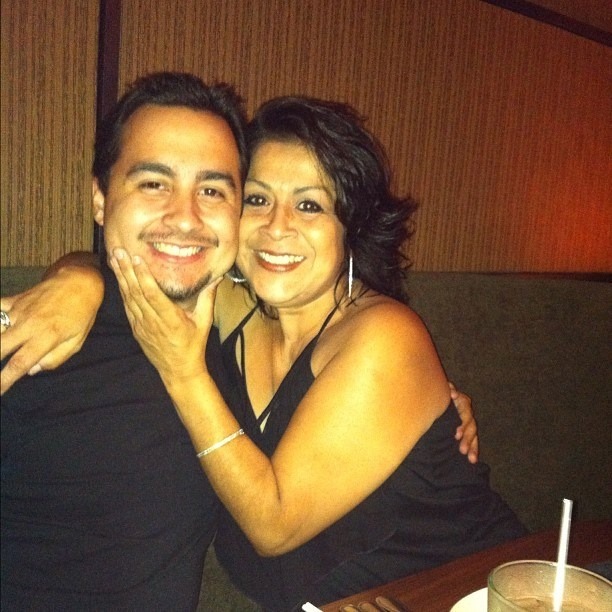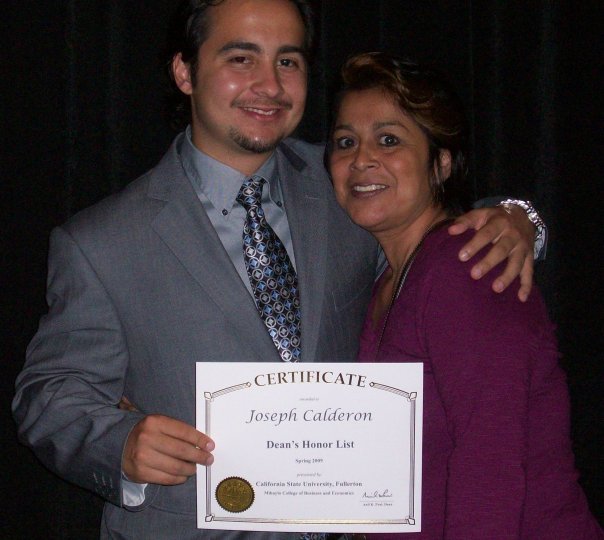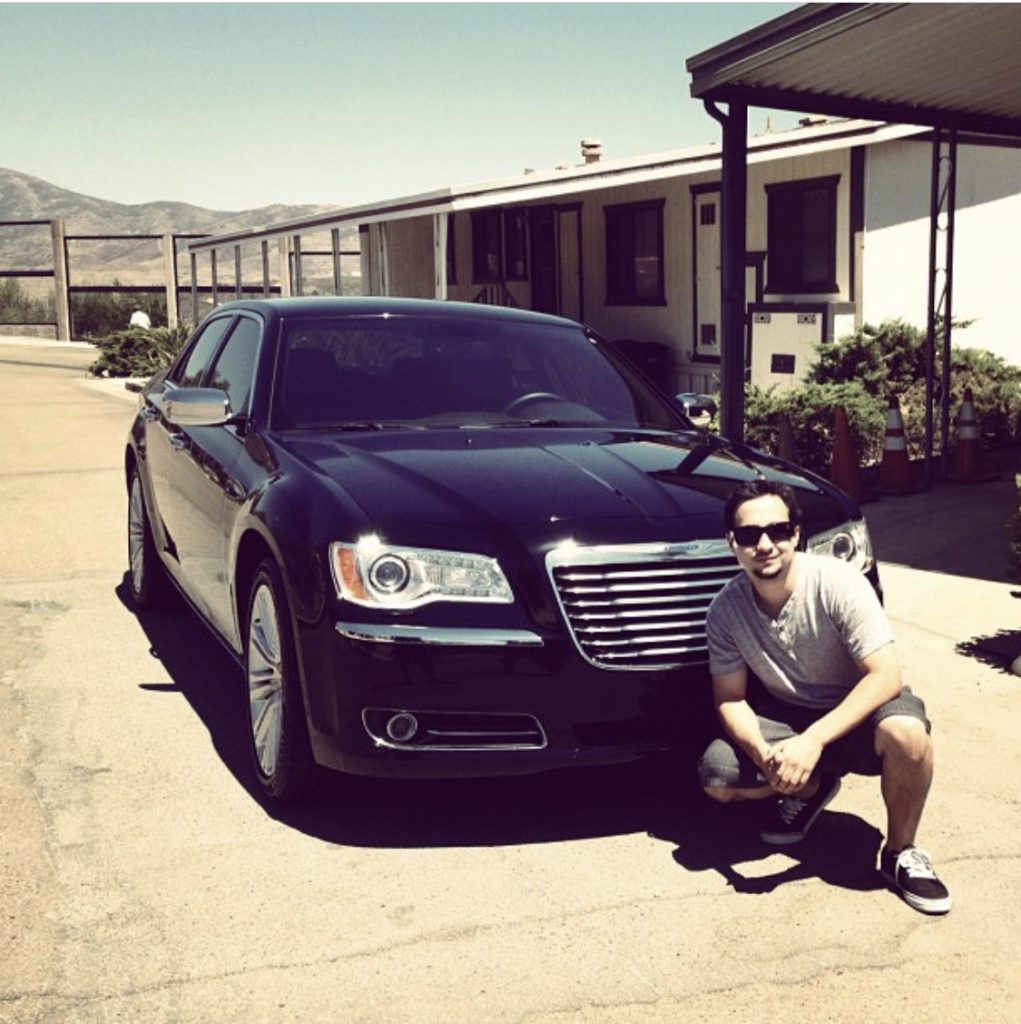Incarceration can be a challenging journey for all parties involved. As the loved one of someone incarcerated, you know that it is important to keep in contact to boost their morale. But just how important is sending photos to the person on the inside? We sat down with Becky Calderon, a formerly incarcerated individual and the co-founder of Pelipost, for an inside perspective on receiving mail behind bars.

Daily Encouragement
Incarceration can be a very difficult and dark period for a person, and take a toll on mental health. The incarcerated are stripped from their friends and family, living in an unfamiliar environment, and away from their normal lives and routines, which can offset everything. In fact, 23% of incarcerated people suffer from major depressive disorder, and many others suffer from a variety of other mental illnesses. Sending mail to inmates can help encourage them on a daily basis and bring them joy on a dark day. For Becky, thinking of her family pushed her to keep going, and receiving mail from them fueled her fire. “It adds gas to your tank and it feeds your energy,” she says. Although sending mail may seem insignificant to you, it can bring daily encouragement for someone on the inside.
“You go through real lows when you feel like you don’t know if you have the will to make it through the end of the day, week, or month,” says Becky. “When you’re in there you want to focus on surviving in there, you don’t want to think about home all the time, but sometimes the mail, calls, and visits remind you that you have a life, a purpose, and a meaning.”
A Picture’s Worth 1000 Memories
There are a multitude of ways to keep in touch with your incarcerated loved one, from visits to phone calls to sending letters. However, the most important way from the eyes of the person on the inside is by sending photos in the mail. The visits are great, but they can only happen every month or couple of months if the facility is far away. However, a photo sent in the mail is something tangible your loved one can hold and look at anytime they want to see your face. Although many facilities are allowing photos sent through email nowadays, it is better to have them printed physically.
“When you’re feeling down and lost you can go through your box, get your pictures, have them in your hands and remember that memory,” Becky says. “You can look at it over and over and see that memory differently with endless possibilities.”
The Difference a Photo Can Make
Your incarcerated loved one understands that life is fast on the outside, and it can be hard to find the time and resources to send them photos. But receiving the photos can make a world of difference in their attitude and motivations. “When you get pictures of your kids waiting for you to come home, or you see your mom getting older, or if you become a grandparent while you’re in there, you become determined to not get into trouble because you feel the need to come home,” Becky states. “It motivates you to do good, stay on track and take courses or anything you can do to shorten your time.”
Becky and her son, Joseph Calderon, decided to create Pelipost after experiencing the impact receiving photos while behind bars can make firsthand. Becky recalls that all of the people in her cell would gather around when one of them received photos, and they all would share in the joy together. “Part of the reason we created Pelipost was so I could show people that this is my son and this is my life,” Becky says. “The pictures validate that you are someone, that you have a family that cares, and that you created something good. The feeling can’t be matched.”
All in all, sending your incarcerated loved one tangible photos for them to hold can make a huge impact on the time they spend behind bars. Becky adds, “Sometimes you need that push: don’t give up, look at your family, don’t give up.”
To read more about the experiences Becky has been through, check out Becky’s Story Inside Incarceration on the Pelipost blog. To download the Pelipost app go to the Apple App Store or Google Play Store.


